Trail introduction
At 3421 m, Mt. Hehuan East Peak is the second-highest peak in the Mt. Hehuan area, and only 1 m lower than Mt. Hehuan North Peak. Starting at Songxue Lodge (松雪樓), the trail towards the East Peak steeply ascends around 300 m and takes roughly one hour to reach the summit. During the winter months, snow may obscure the trails and increase the difficulty of the hike; outside this period, the trail is relatively obvious and not difficult. Mt. Hehuan East Peak is among Taiwan's baiyue as one of the "Lofty Nine", and there are even those who say that it is a must to summit the East Peak if you happen to be in the area!
History
The eastern slope of Hehuan Mountain is relatively gentle, and in the past was the site of a ski training ground. The Songxue Lodge, once one of the residences of former President Chiang Kai-Shek, is located adjacent to the abandoned ski lift. Built in 1964, it is now open to the public as a mountain B&B. Since then, however, Songxue Lodge has been demolished and rebuilt due to its aging framework. Songxue Lodge faces both the Main and North Peaks of Mt. Qilai, and is an excellent place to enjoy the ever-changing scenery of the Qilai landscape.
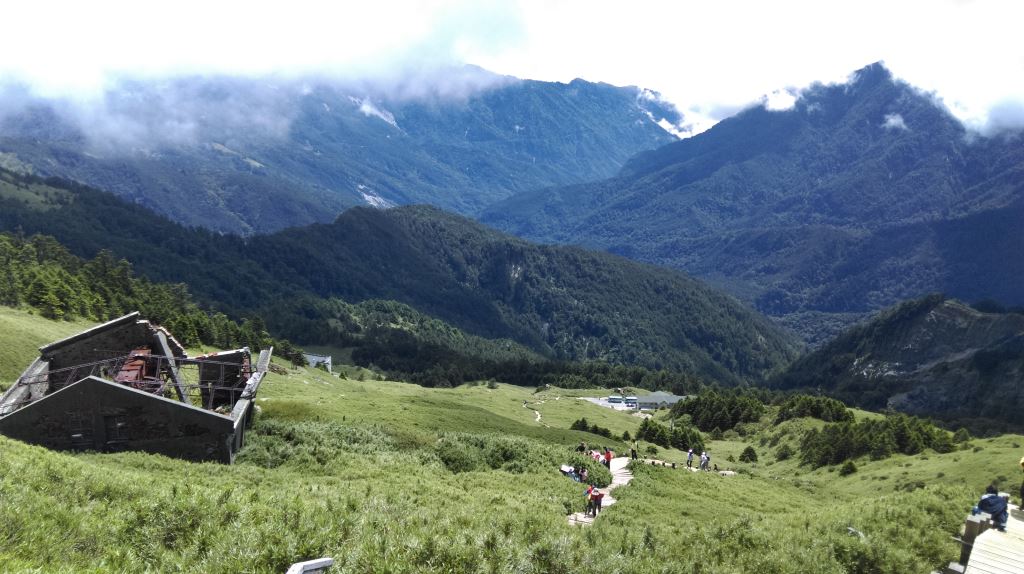
Geology
Mt. Hehuan East Peak is situated on the borders of Hualien and Nantou Counties, and from the towering summit commands a panoramic view that overlooks Wuling and Kunyang on Provincial Highway 14A (14Jia) and includes all of the Mt. Hehuan and Mt. Qilai Peaks, and on clear days, Mt. Nanhu, Mt. Zhongyangjian, and even Jade Mountain towards the south.
Ecology
Besides the patch of fir forest near the highway, Mt. Hehuan East Peak is covered in a forest comprised of low-lying Yushan bamboo (Yushania niitakayamensis), encroaching the surrounding trails. A giant Taiwanese fir, surrounded by smaller seedlings, collectively stand at the trailhead across from Songxue Lodge. Past this area, one comes across smaller shrubbery, including single-seed junipers (Sabina squamata), Yushan rhododendrons (Rhododendrum pseudochrysanthum), and Alpine roses (Rosa transmorrisonensis), providing a stark contrast to the preceding woods. During May and June every year, the rhododendrons are in full bloom and is a regional attraction, transforming the landscape into a colorful scene full of flowers.
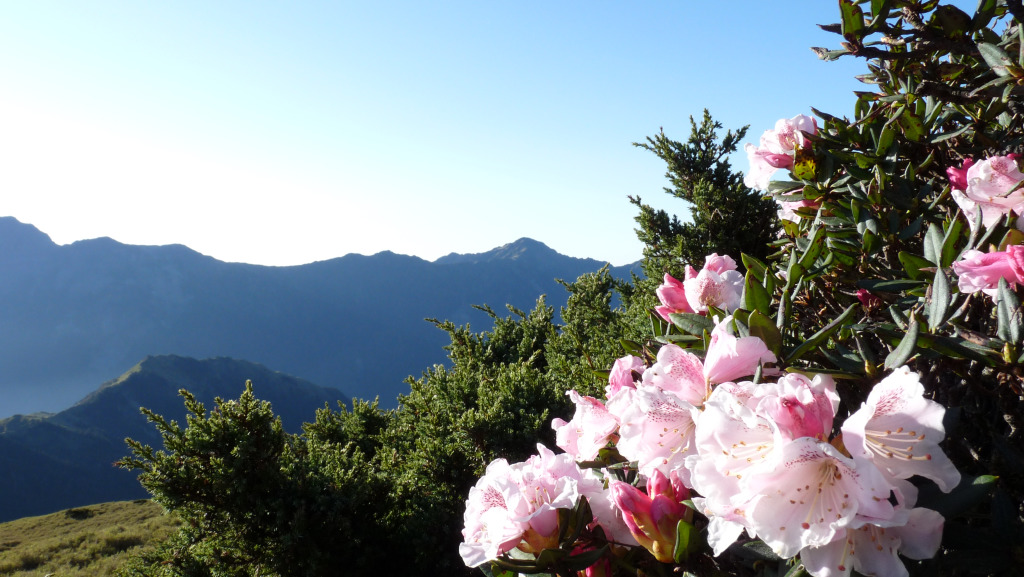
Stop 1: The forest boundary
At the trail entrance at Songxue Lodge, there exists a stark contrast between the fir forest and the following bamboo fields. Many fir seedlings grow along this boundary, signifying the outward growth of the fir forest. The dispersal of the Taiwan fir's seeds are projected at the radius of the height of the originating tree. These seeds germinate and grow within the Yushan bamboo; presenting a circular effect of seedling growth around the mother tree.
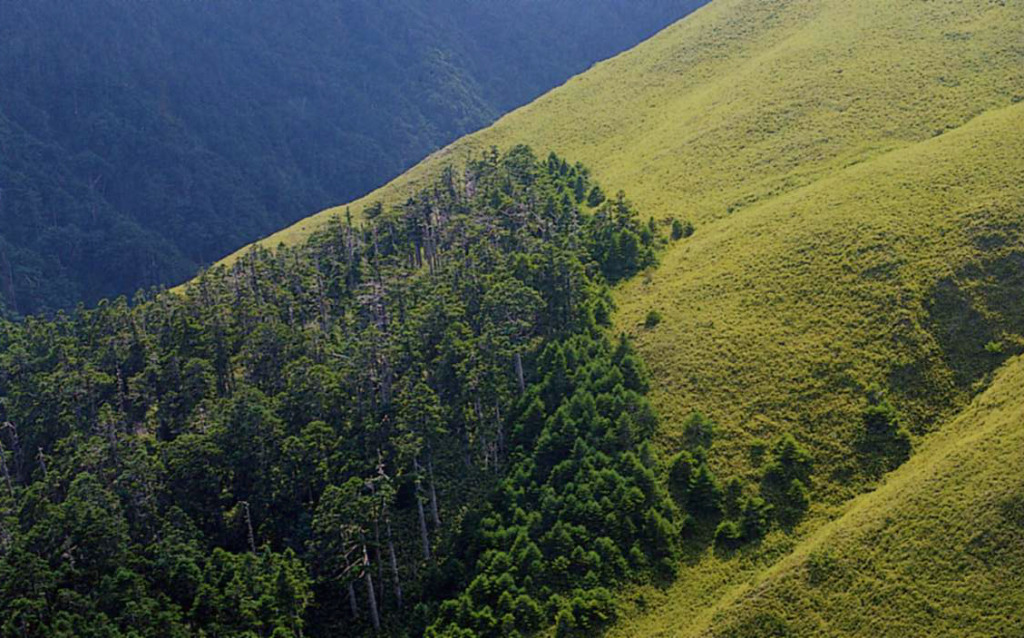
Stop 2: Taiwan fir (Abies kawakamii)
The Taiwan fir makes up the primary component of arboreal forests in the Mt. Hehuan area. Their trunks rise up out of the ground as straight an arrow, and their limbs neatly branch out from the center. The length of these branches shorten with increasing height, and the tree as a whole resembles a towering spire.
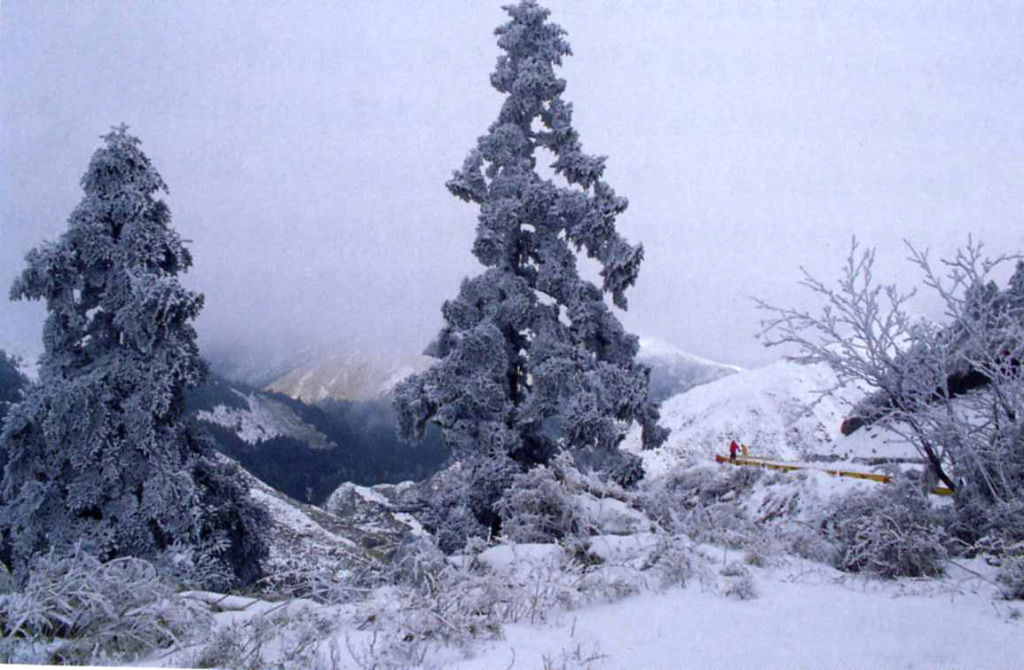
Stop 3: Yushan Angelica (Angelica morrisonicola)
Here, the Yushan angelica often grows within the Yushan rhododendron and juniper thickets. From early summer onwards, its small, chartreuse flowers bloom outwards in the shape of an umbrella, attracting many pollinators.
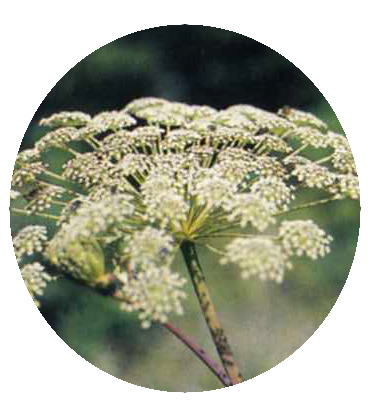
Stop 4: Grass-of-Parnassus (Parnassia palustris)
The grass-of-Parnassus is similar in both appearance and color to plum blossoms, as reflected in its Chinese name "plum blossom grass", especially given its five white petals arranged radially around a central pistil; however, it is of a different taxonomic family altogether, belonging in the family Celastraceae rather than the family Rosaceae.
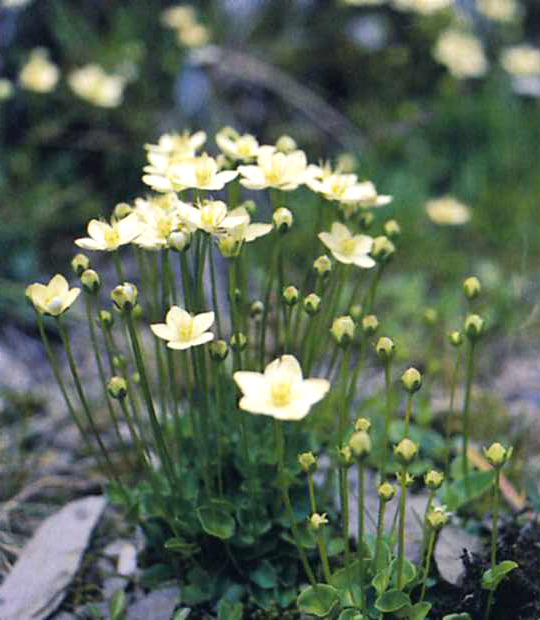
Stop 5: "Wolf-like" Weasels in the Forest
The Siberian weasel (Mustela sibirica Taivana) thrives among the bamboo forests of the Mt. Hehuan area. These animals often sneak into the campgrounds to steal hikers' items; hence its colloquial classification as a small "wolf" in the Mandarin Chinese language.
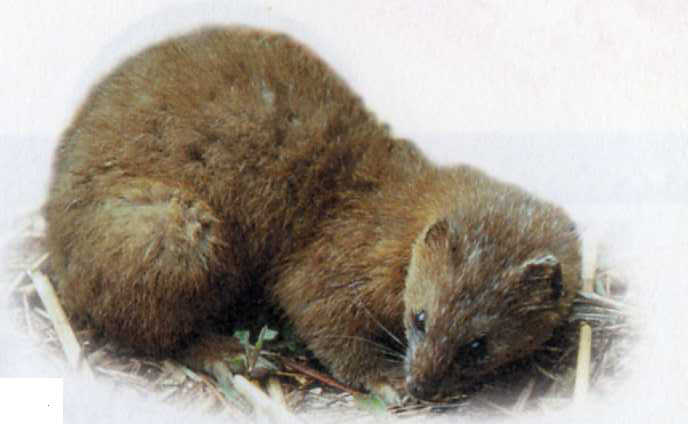
Resources